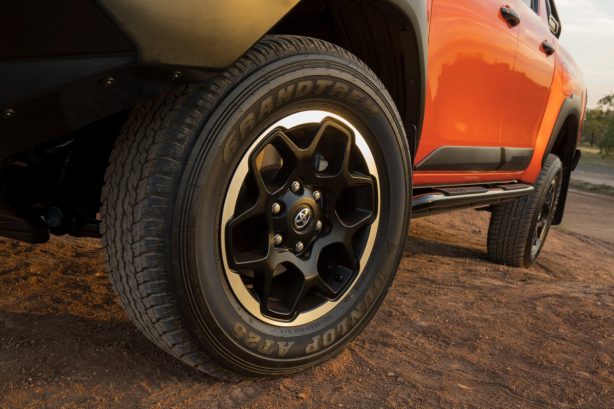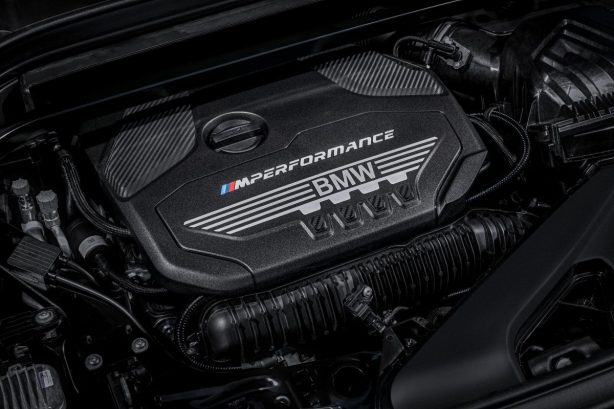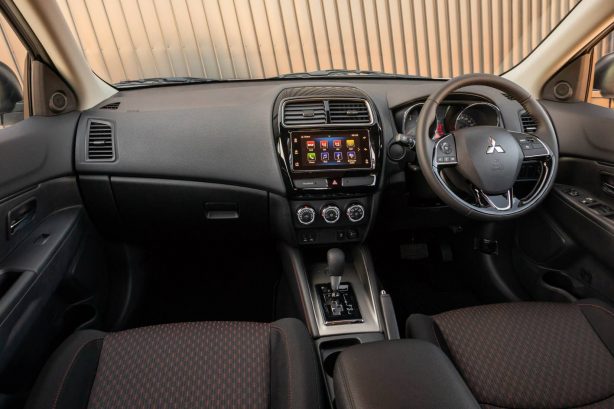Preliminaries
Before you even begin thinking about buying a used car, you’ll need to make sure you have your paperwork in order and that you have an up to date driving license. Also, it’s important to know how much money you have to work with. Setting yourself a budget is vital, as otherwise you may end up taking on more car than you can actually afford. Once you’ve worked all this out, you are ready to start looking at cars!
Do Your Research
You are going to want to do plenty of research before you take the plunge and buy a car. This means looking around to get a feel for the market, and understand that sorts of prices that the kind of cars you are looking at typically go for. This is important for a number of reasons: First, you will know when you are getting a good price, or whether you are being ripped off. Second, you will also know when a price is too good to be true – if a price is much lower than you have seen elsewhere, then you know to proceed with caution, there may well be something that the seller is not telling you.
A great way to do this research without leaving the comfort of your couch is through online car marketplaces, where you can see thousands of car listings across the country. Because sellers on these sites are competing with a huge number of other sellers, prices will be fairly representative of the actual value of a car, there is very little room for inflation.
Take a Test Drive
Once you’ve done your research, and you have found a used car that you like the look of, it is time to visit the seller and see the car for yourself. It is absolutely vital that you do this – do not buy a car without seeing it! In fact, ideally you want to take the car for a test drive, to get a feel for it.
When you go to see a used car, there are a host of things you will want to check. I have provided a list of what I think are the most important things to check off one by one when you go to see a car:
Age and Mileage
You will probably have known this before you went to see the car, but make sure you check when you see the car that the seller had accurately recorded the mileage.
This is also a good time to ask yourself whether or not the car is looking in good condition for its age. Just because a car is newer does not mean it is better – an older car that has been well looked after can often be a safer bet than a newer one that has been mistreated.
Brakes
Does the car make any noises while braking? In particular, a grinding noise while braking suggests that brake pads are worn through and need replacing. Depending on the model of car, this can be quite expensive.
Also, when braking you should briefly take your hands off the steering to see if the car pulls one way or the other. If it does track to one side while braking, this can suggest a few different problems with either the brakes or the suspension. Again, these would be expensive to fix.
Tyres
Check the condition of the tyres. You want to check that the tread is not overly worn and also that there are no major marks or damage to the tyre that could lead to a puncture. You can always use any tire damage to negotiate down the price, allowing you to pay for new ones with the money saved.
Check that the tread depth is legal. For example, in Australia it needs to be at least 1.5mm.
Engine
If you are not a mechanic, you may feel that checking the engine is beyond you. However, there are a few simple things to check for, like signs of corrosion around the battery, or leaking fluids.
Also, while driving, you can listen to the sound of the engine. If you hear any knocking or grinding noises, that is normally a bad sign and you should steer clear.
Exterior
You want to check to see if there are any marks that look like they came from collisions. Even if a car has been repaired following an accident, more problems may rear their heads in the future.
Look out for rust as well. When it comes to rust, you have to make a judgement call. A little rust can be fixed, especially if it is only cosmetic damage. However, if it looks like the rust is more serious, you might want to stay away.
Interior
Check that everything on the dashboard works. Often the first thing to break in cars is the inboard electronics, so do check everything. Obviously, if some of the electronics don’t work this is not a dealbreaker, however you do not want faulty instruments.
Finally, have a good sniff of the inside of the car! This might sound silly, but older cars can get damp if they are not well cared for. Mould and mildew can form inside, and this will smell really unpleasant. As well as making it horrible inside the car, this mould and damp can spread to cause more damage in the long term, so it is important that you sniff it out!
Conclusion
Make a list of each of the things to check when you see the car, and then tick them off as you go. This way you can be sure not to forget anything. It also gives you solid ground for comparing different cars you see.
Following the steps laid out in this article will help you feel confident that the car you end up choosing will be in good working order. However, ultimately the decision about which used car is for you will come as much from the heart as from the head – if you see something you love, well then maybe it’s worth paying extra to get it fixed up!
About the author:
Anna Nilsen is a contributing editor for ForceGT.com and also a Junior Editor and Motoring Journalist at AutoVolo.co.uk.
 ForceGT.com Car News, Car Reviews, Video Reviews, Tuning and much more.
ForceGT.com Car News, Car Reviews, Video Reviews, Tuning and much more. 












